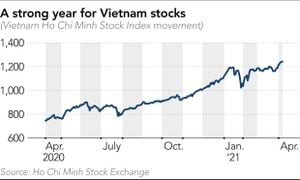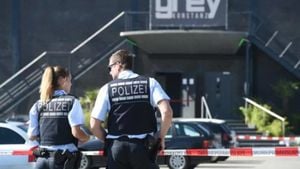The results of the 2025 German Federal Elections have significantly reshaped the political map, showcasing the ascent of traditional parties like the CDU and CSU, alongside alarming gains for the AfD. This election, held on February 23, 2025, attracted national attention as the dissolution of the previous coalition government set the stage for dramatic shifts.
The Union parties, comprising the CDU and CSU, emerged as the clear victors, capturing approximately 28 percent of the votes. Their resurgence has not only reinstated their position as front-runners but has also sparked discussions about potential coalitions, reflecting the changing sentiments among the electorate. "The CDU and CSU are the clear winners of the election, securing around 28 percent of the votes," reported the Süddeutsche Zeitung.
Contrastingly, the SPD, once the leading party, faced substantial setbacks, plunging to 16.4 percent—a notable drop from previous elections. For many analysts, this decline illustrated growing frustrations among voters who previously supported the SPD. "The SPD suffered significant losses, landing at 16.4 percent," noted the Süddeutsche Zeitung.
Significantly, the elections revealed alarming growth for the AfD, particularly strongholds found mostly within Eastern Germany. The party's appeal surged amid rising discontent over immigration policies and economic concerns. “The election results show alarming growth for the AfD, particularly strong in Eastern Germany,” emphasized analysis from the Süddeutsche Zeitung.
On the other end of the spectrum, the Greens faced major declines, especially within urban centers like Berlin and Hamburg. While they maintained pockets of support, their overall share fell to just 12 percent, raising concerns about the party's future direction. "The Greens saw major declines, particularly in urban areas," observed the Süddeutsche Zeitung.
Adding to the dramatic outcome was the underwhelming performance of the Free Democratic Party (FDP) and the newly formed Bloc of Sahra Wagenknecht (BSW), both of which failed to meet the 5 percent threshold for parliamentary representation. "The FDP fell below the 5 percent threshold and will not enter the Bundestag," the Süddeutsche Zeitung reported, underscoring the challenges smaller parties face.
The newly implemented electoral reforms aimed at streamlining representation reduced the Bundestag's total number of seats to 630, tying directly to the elimination of overhang and equalization mandates. This reform has significantly impacted the dynamics of seat allocation, rendering many directly elected representatives without parliamentary seats due to their parties' overall performance. “This election is also marked by the first enactment of the new electoral law,” said Süddeutsche Zeitung.
Overall voter turnout for the election was high, reflecting engaged citizenry responding to the pivotal stakes of these elections. With strategic shifts post-election, speculation around coalition formations has ignited discussions among politicians and analysts alike, pondering whether traditional alliances can withstand the growing influence of populist parties like the AfD.
The results of the 2025 elections paint a complex portrait of Germany's political future, highlighting deep divisions and the necessity for parties to recalibrate their platforms to resonate with diverse voter concerns.
Regardless of these challenges, the CDU and its allies appear poised to reclaim substantial influence, prompting fresh negotiations about governance and sustainable partnerships as Germany moves forward. With the political terrain shifting frequently, the next steps will be watched closely, as all eyes are on potential coalitions capable of addressing the transformative questions posed by the electorate.



